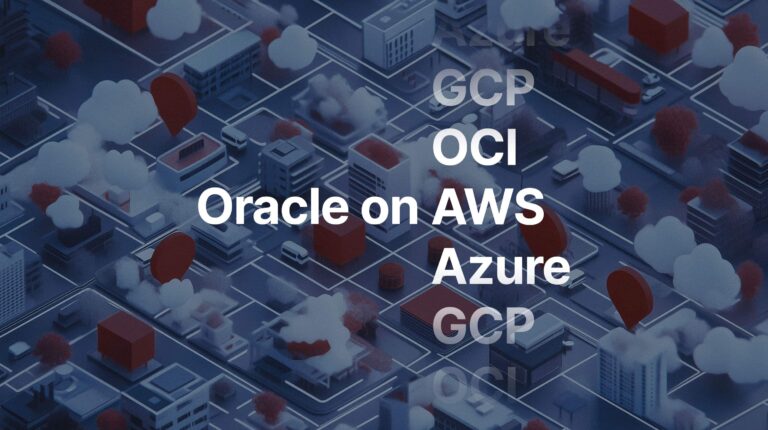Rob Wiens, Managing Director, Sequoia Enterprise Services
This is a guest blog post written by Rob Wiens, a former award winning VMware Account Executive and Co-Founder and Managing Director of Sequoia Enterprise Services. Sequoia is a consulting firm specializing in IT investment optimization, IT Financial Management and automation. You can contact Rob at (204) 471-1186 or robw@sequoiaesgroup.com.
License agreements with software companies are one of those areas most technology folks like to have procurement or legal negotiate. This is based on the notion they are complex, lengthy, and generally impossible to understand, which is generally the case. As software companies do, VMware offers discounts for large customers willing to make multi-year commitments by offering Enterprise License Agreements, or ELAs. Typically, ELAs are three-year contracts that provide discounted licenses and support, and wraps in your existing maintenance and support, which VMware refers to as Support and Subscription, or SnS for short.
Having written numerous agreements during my time at VMware, I found that once agreements were broken down into their key elements, they were better understood and of more value to the business. As I’m sure you’re thinking by now, you’ll want to know how to get discounts on licenses before you call your vendor. We’ll get to that in a later article, but first you need to know how ELAs work, so you know what to ask for.
ELAs are typically made up of the following:
- New licenses and support
- Existing Install Base support referred to as “IB”
- Optional services (service credits, maybe a TAM or implementation services)
- Out year renewal
So, what do you need to know in order to have a conversation about VMware licensing?
There are minimums VMware usually requires for agreements, so let’s look at what you need before you bring it up with your sales rep. First, new license revenue should be $175,000 USD or higher, after discounting, not including support, to warrant significant discounting. Second, using 25% of license revenue for annual support as the threshold, $131,250 for three years of SnS would be required. Last, a commitment to pay for your existing IB maintenance upfront for the contract term, again typically three years. So, before you add up your three years of install base maintenance, you’re looking at over $300,000. Given most VMware customers with this type of need are large companies; expect to spend a minimum of $500,000 or more to get started.
If you are undertaking a NFV/NSX project, or looking to layer in automation into your existing VMware environment, consider that an existing 40 host environment probably has you within striking distance of an ELA. Another great driver is moving databases off propriety midrange platforms and onto commodity x86 platforms. My experience has typically been customers looking to leverage VMware for a combination of business-critical application hosting, automation, operations management and network or storage virtualization, have been able to easily meet the minimums.
It is important to note that ELAs are usually the only way to get deeply discounted support from VMware. As the ELA model is the only vehicle in which SnS is calculated by the net license price, and not the list price, the discounts extend into the SnS and ultimately your install base. The combination of these becomes your out-year renewal, which VMware states upfront, and you agree to, in the ELA. When you sign a three-year ELA, you are actually agreeing to 4 years of support, and to paying the out-year renewal at the end of the contract. At the end of your contract, if you enter into a new ELA, your SnS remains discounted. If instead you choose to pay the out year and not enter into a new ELA, your support is subject to price increases annually, usually 10% per year, until your support is no longer discounted. So think about the long term implications of buying too many licenses and not implementing them.
I’m going to cover how to avoid ‘shelfware’ in future posts, and for my next article, I’m going to discuss the finer details, pitfalls and general do’s and don’ts of VMware ELAs. Also, in future articles, I’ll be providing a series of pro tips on how to maximize the value of an ELA and how to get more value, discounts and benefits from your agreements, as well as how to reduce additional thresholds, and negotiate better agreements.






